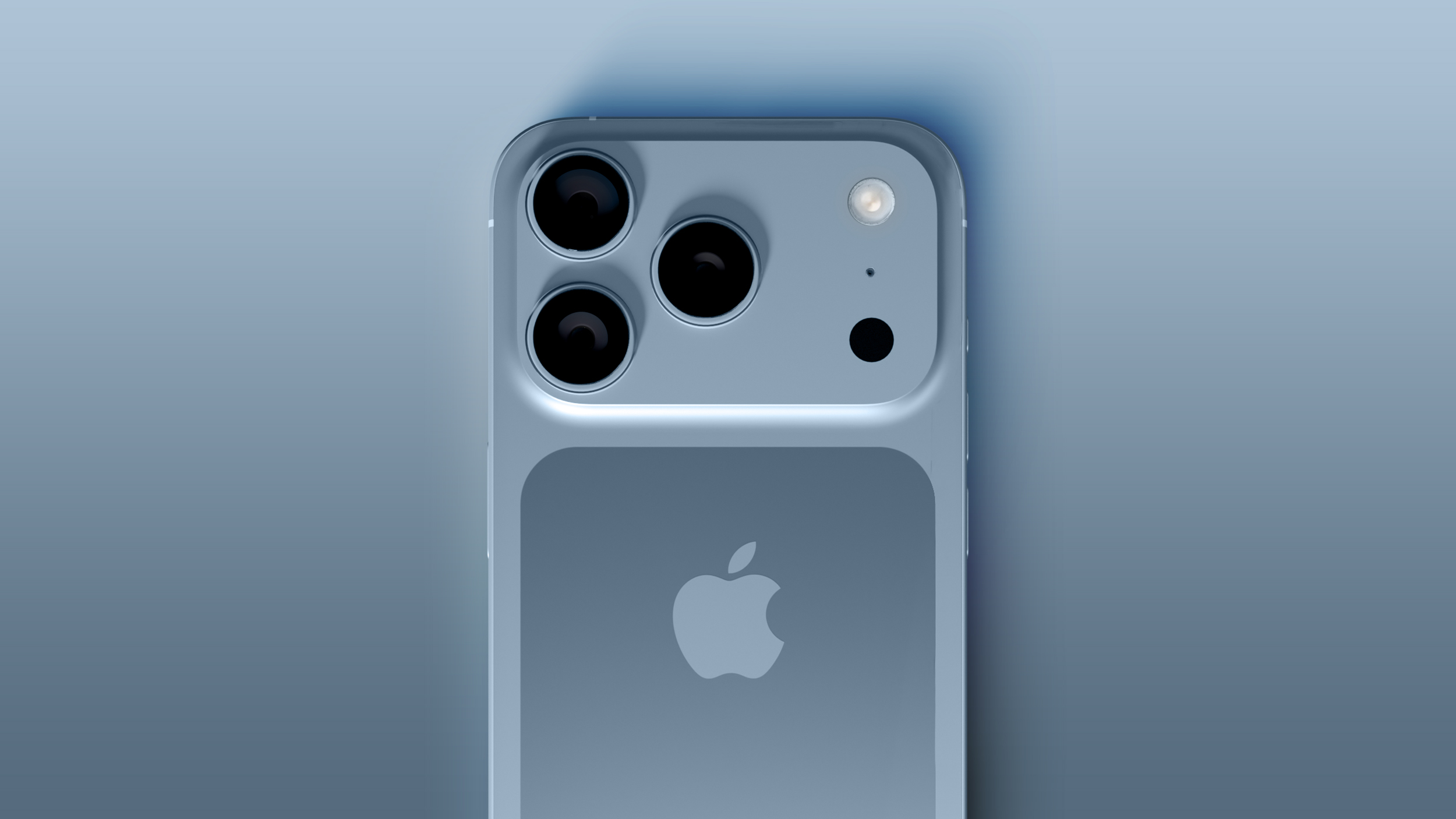ICYMI: the week’s 8 biggest tech stories from Samsung Galaxy S24 to ChatGPT girlfriends
The tech world never sleeps, and after CES 2024 last week we’ve had another big seven days headed up by the first Samsung Galaxy Unpacked of the year.
It’s no surprise if you’ve missed some of the latest tech news, then – and that’s why we’ve prepared this one-stop recap of all of this week’s biggest stories, so you can get caught up to speed on the latest announcements.
The big thing to watch out for in the coming weeks is the Apple Vision Pro launch – which is set for February 2. Vision Pro preorders went live yesterday (January 19), so if you’re still undecided about the new Apple headset you’ll be able to check it out in person very soon. But that’s still to come. Before that, here’s what you missed this week.
8. ChatGPT’s AI store has been flooded with the chatbot girlfriends
(Image credit: OpenAI / Yang Jeong Hoon)
Another week, another example of AI being used in a way which wasn’t intended. Seriously, we can’t be trusted with anything. We’ll always find a way to spoil it.
Anyway, despite ChatGPT’s new GPT Store stating quite clearly that, “We don’t allow GPTs dedicated to fostering romantic companionship or performing regulated activities”, the Store is apparently awash with virtual girlfriends just seven days in – an issue which it has seemingly tried to mitigate by removing the search bar within the Explore tab.
Despite this, we were still able to find and click through to a selection of these virtual girlfriends on the official GPT Store via third-party sites. And provided you pay for either ChatGPT Plus (for $20 / £16 / AU$20 a month), Enterprise, or the new Teams plan, select users and official partners can still create and try out these romantically charged GPTs (read: Chat Generative Pre-trained Transformers – or AI bots).
There’s much to unpack here from a moral perspective, so forgive us for signing off with a glib remark. But it’s one way to counteract those January blues…
Read more: ChatGPT’s new store has an AI girlfriend problem
7. YouTube wasn’t to blame for CPU spikes, it was your ad blocker
(Image credit: Szabo Viktor/Pexels)
There was trouble in YouTube-land this week, with ad block users accusing the video platform of causing their PCs’ CPU usage to spike as its latest method to get people to stop using them. That follows other strict tactics such as a three-strike video policy and annoying five-second delays on videos if the site detected an ad blocker was being used.
This wasn’t the case, however. In a statement, YouTube categorically denied throttling people’s PCs, saying the issues people were wrestling with were “not caused by our ad blocker detection efforts.” Instead, it turns out that some glitchy code in Ad Block and Adblock Plus was causing the problems. Awkward.
Thankfully, updates have now started rolling out for the software. Download Adblock 5.17.1 or Adblock Plus 3.22.1 and you shouldn’t experience any issues related to the bug.
Read more: A fix is here for the CPU spike glitch ad block users have had on YouTube
6. Microsoft Edge got a fantastic new search feature
(Image credit: Shutterstock)
Microsoft hasn’t given up on the browser wars just yet, and the latest feature introduced to Edge could even see it claw back some ground from Google’s Chrome.
The option allows users to simultaneously search the internet using two engines, toggling between default settings. For instance, if Bing is the default, clicking the new search icon displays results from an alternative engine like Google.
That might seem like a relatively minor feature, but given how much time most of spend searching each day – and how poor Google’s results have become over the past year or two – it’s a welcome one all the same.
Read more: Microsoft Edge’s new search feature has me ready to leave Chrome
5. Xiaomi unveiled five new smartphones with some impressive specs
The Xiaomi Redmi Note 13 Pro Plus 5G (Image credit: Xiaomi)
Not content to let Samsung steal all the smartphone headlines this week, Xiaomi also had a little party of its own. And in one way it even outdid the Galaxy launch, revealing five Redmi Note 13 series phones to Samsung’s three.
We were at the event, and spent a bit of time with the two premium models, the Redmi Note 13 Pro Plus 5G (great name) and the Redmi Note 13 Pro 5G – although ‘premium’ is probably pushing it slightly, as they’re still closer to being mid-range and are priced accordingly.
The top-tier Pro Plus uses the Medatek Dimensity 7200 Ultra processor, features a slightly curved design, and uses 120W fast charging. In contrast, the Redmi Note 13 Pro 5G uses the respectable Snapdragon 7s Gen 2, has a more flat-edged look, and uses 67W charging.
The real stars were the cameras. Both pack a 200-megapixel main sensor, 8MP ultra-wide, and 2MP macro, and we were impressed with their low-light performance and versatility. They also get some AI-enhanced editing features, including a sky replacement tool, an object eraser tool, and a beautify mode, plus you can output 200-megapixel images to set aspect ratios; perfect for social media.
Even the most expensive of the five, the Pro Plus 5G, only costs £449 (roughly $570 / AU$860), and we’ll be putting them through their paces soon in a full test.
Read more: The five new Xiaomi smartphones you should know about
4. QDEL arrived to take on OLED as the TV tech of the future
The Sharp QDEL display (Image credit: Digital Trends )
A lot of secret tech is shown behind closed doors at CES, and this year that included a tech that could one day be the new future of TVs.
QDEL stands for Quantum Dot Electroluminescent, and it takes the quantum dot tech of QLED TVs to their endgame. In QLED TVs, quantum dots are used to turn light into the different colors you see, but in the QDEL display (we hope you’re following these nearly identical acronyms) the quantum dots actually emit the light themselves. This makes it more like an OLED TV, with incredible per-pixel contrast, but with the promise of incredibly pure colors. It also, potentially, makes them much cheaper, because QDEL screens could be made with the same tech behind LCD TVs.
That’s all according to Sharp, which showed off a QDEL prototype at CES. There’s a long way to go before you’ll be buying a QDEL set, but the tech just went from theoretical to something that you need to know about.
Read more: Forget QD-OLED and micro-LED TVs – it’s QDEL’s time to shine
3. Apple Vision Pro preorders went live
(Image credit: Future)
The Apple Vision Pro spatial computing revolution officially kicked off this week with preorders for the $3,499 mixed-reality headset finally live as of yesterday (January 19). It’s a big moment for the long-in-development headset, for Apple – which is counting on people adopting this new form of immersive computing – and for consumers, who may have been wondering what all the fuss is about.
In the run-up to this big moment, Apple gave us one more hands-on experience. Our US Editor in Chief Lance Ulanoff is the lucky man who got to try it on, and he says that he’s learned a little bit more each of the four times Apple’s let him don the 1 lb. visor. In his own words, it’s like peeling a mixed reality onion. What’s most interesting is that Apple has been making subtle software and even hardware tweaks to the headset since the June reveal at WWDC 2023.
This time, we found new wearability options and were finally able to tap into Siri and productivity features. Still, all these hands-on reports in the world won’t compare to trying it yourself. Expect lots of in-retail-store opportunities for curious consumers starting soon and full reviews to drop between now and when the headset ships on February 2.
Read more: This Apple Vision Pro deep dive showed me all I was missing
2. Samsung teased the Galaxy Ring
(Image credit: Samsung)
The biggest announcement from Unpacked 2024 might not have been the Galaxy S24 phones (see below), but rather the surprise reveal of the Samsung Galaxy Ring in classic ‘one more thing’ style. Admittedly, all we really got was a brief teaser rather than a full showcase, but it was an exciting moment nonetheless.
Beyond this brief look at the design (it’s a ring, what else were you expecting?) practically no other details have been released, but it might be coming fairly soon. After the reveal, Samsung shared a surprise update on the Galaxy Ring’s availability, telling us that, “The hardware is ready and the product is beautiful,” then adding that the release “will be a bit later in the year.”
Hopefully, we’ll hear more at the next Unpacked event, which is likely to land between July and August.
Read more: Samsung shares surprise update on Galaxy Ring
1. Samsung unveiled its Galaxy S24 series phones
The Samsung Galaxy S24, S24 Plus, and S24 Ultra (Image credit: Samsung)
We’re only a few weeks into the year but we’ve already had our first big launch. And it really was a big one.
To the surprise of absolutely nobody, Samsung revealed the Galaxy S24 series at the the first Galaxy Unpacked of 2024. The trio of handsets comprise the standard model, Galaxy S24 Plus and Galaxy S24 Ultra, and all three look like strong contenders for our best phones guide.
Sure, at first glance these phones are merely refreshed versions of their predecessors, but look closer and there are some neat tweaks, such as the Standard and Plus models getting larger screens that can throttle down from 120Hz to 1Hz. Plus, all three phones come with the latest chips from Exynos and Qualcomm.
A bigger deal, though, is the Galaxy S24 family’s use of generative AI. This smart tech enables all sorts of features, from the live translation of speech to the complete reworking of photos with no need for Photoshop skills. Many of these skills are inherited from the Google Pixel 8 phones, and they could make generative AI truly mainstream, given the larger audience for Samsung devices.
We’ve already had a play around with all three phones, so check out our hands-on Samsung Galaxy S24 review, hands-on Samsung Galaxy S24 Plus review and hands-on Samsung Galaxy S24 Ultra review for our first impressions.
Read more: Samsung Galaxy Unpacked 2024 as it happened






